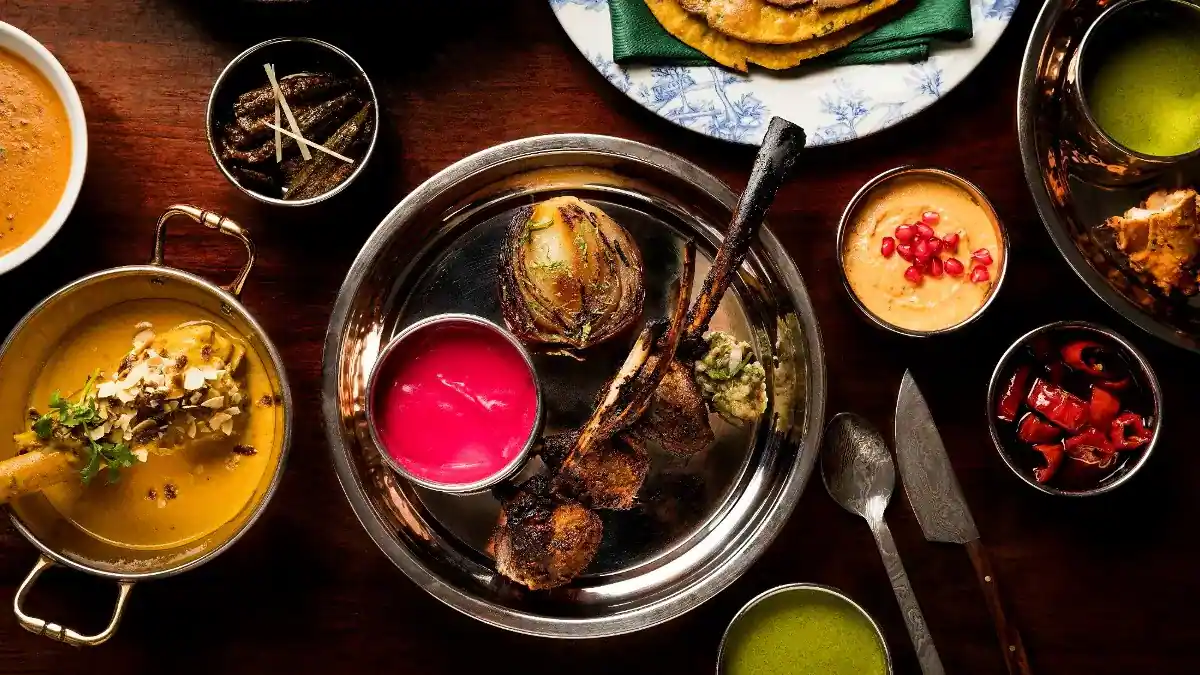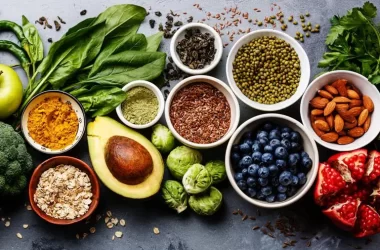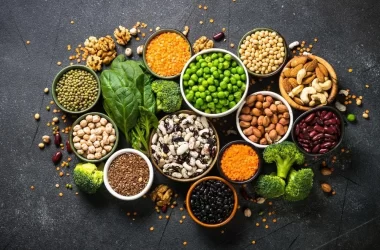The nuances and flavors of many dishes have more to them than just ingredients and preparation. From ice cream to galauti kebabs, each has its own backstory and unique origins.
The topic of authenticity is a divisive one. But by immersing themselves in global food culture, individuals can broaden culinary horizons and develop a deeper appreciation for cultural diversity.
Mexican
Mexican cuisine is a vibrant tapestry of flavors that span the full spectrum of textures and flavors. Authentic recipes often draw from Spanish and Indigenous ingredients with multiple cooking methods to produce dishes that are bold yet balanced.
Authentic Mexican foods are more than just food, they are a source of pride for Mexico’s people and a way to connect with their heritage and traditions. From street snacks like tacos al pastor (marinated pork on a spit) and tostadas (a crunchy tortilla base topped with beans, meats, cheese, and salsas) to the complexity of mole sauce (a rich blend of chilies and spices), this cuisine is sure to satisfy any palate.
In recent years, a number of modern trends in Mexican cuisine have emerged to appeal to more diversified palates, including innovative fusion dishes and gourmet interpretations that showcase traditional recipes with elevated techniques. However, the true essence of Mexican cuisine remains firmly rooted in its traditions.
Thai
Thai food is one of the most beloved cuisines around the globe and its popularity keeps growing. A large part of that is due to the fact that it is a deeply rooted cuisine with a lot of cultural value which has gained a new meaning in our contemporary world.
Thai dishes are a captivating tapestry that features influences from various Asian countries and regions creating a harmonious balance of sweet, sour, salty and spicy tastes. Aromatic herbs and spices like lemongrass, galangal, and kaffir lime leaves give Thai dishes an intense flavor.
The ideal Thai dish balances all of these flavors perfectly, with sourness coming mainly from citrus fruits or vinegars and spice derived from sriracha and other hot peppers, as well as signature fish sauce. It’s also worth remembering that each region of Thailand has its own unique Thai cuisine – from the mild foods found in Bangkok to the Isan cuisines and Malay influenced dishes from the north and south.
Indian
Indian cuisine is a fascinating tapestry of flavor, with regional influences influencing the dishes and cooking styles that make up this beloved food. The nexus of Indian cuisine lies in its rich diversity of spices, herbs and cooking techniques.
These spices, from the heat of chilies to the sweet nuttiness of cinnamon, are a treasure trove of complex flavors that work together harmoniously in Indian dishes. This symphony of flavors can be experienced in everything from a delicately spiced pumpkin soup to a spicy masala chicken curry.
Each region has its own signature style, influenced by history and the availability of ingredients. Northern Indian food is characterized by its use of dairy, like yogurt and ghee, fried snacks like samosas, and rich stews and curries. Central Indian food is known for its use of dals (lentils) and rice dishes, while Western Indian foods like those from Goa and Maharashtra are influenced by coastal geography and seafood.
Sri Lankan
Ethnic cookbooks serve as online archives of deep cultural knowledge, preserving recipes and essential daily domestic practices that shape human lives. In the case of Handmade, a new cookbook published by Palmera, a non-profit organization in Australia, it’s also an exploration of war and food as both a source of sustenance and a repository for memories.
Rice and curry is a common main meal for lunch and dinner in Sri Lanka, served with meat, fish or vegetables laced with spices such as black pepper, cinnamon, cardamom, cloves and nutmeg. Spices are often roasted and ground together to form curry powder.
Unlike Indian food, which often incorporates many Western ingredients, Sri Lankan cuisine is lighter and has more of an emphasis on grains. It also draws on influences from Arab, Malay and the Portuguese, Dutch and British colonies that ruled over the island. This has shaped its cuisine into one that is distinctly different from Indian food.








